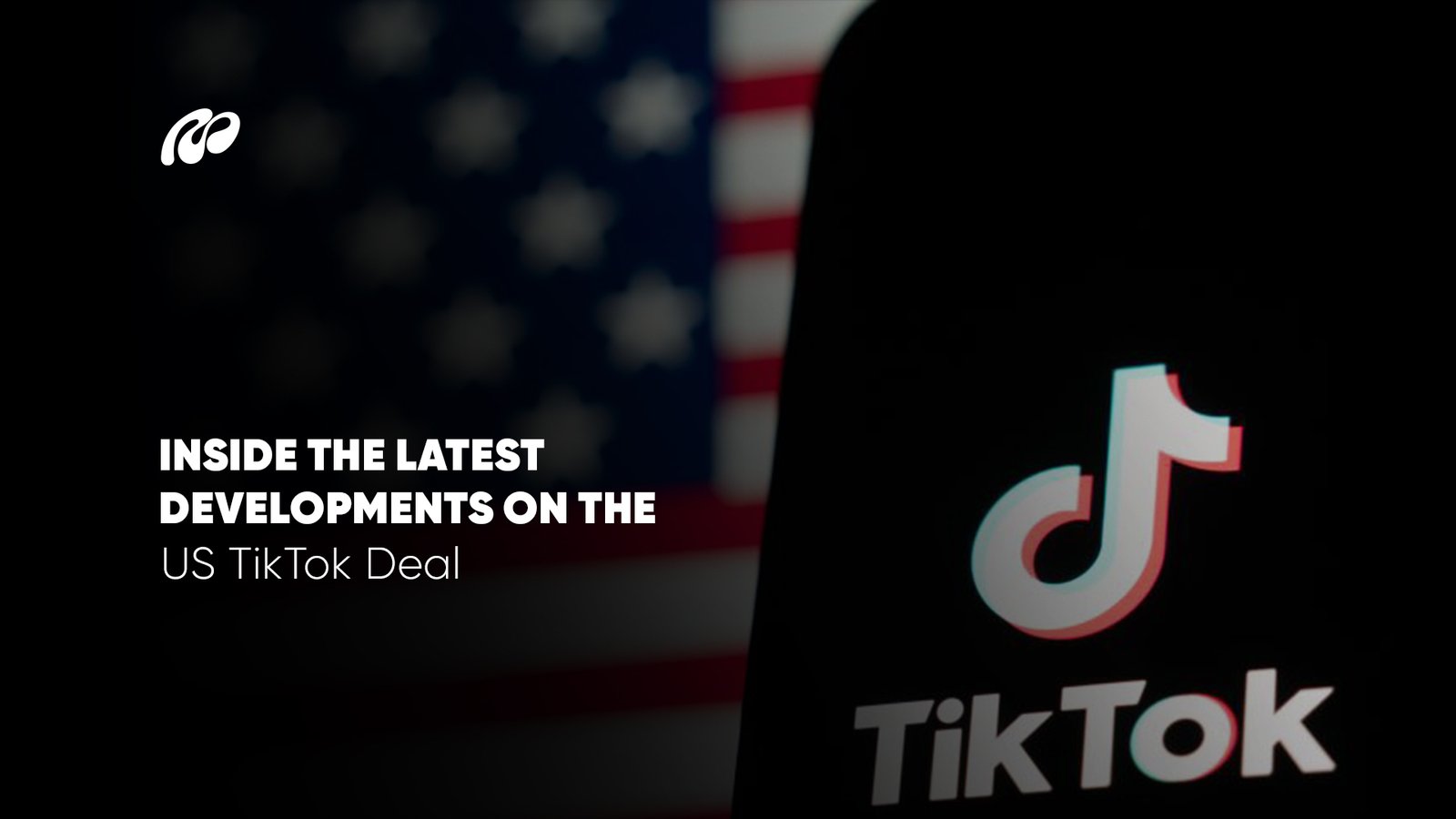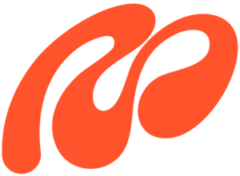Summary
- Majority American ownership of TikTok USA ensures domestic control while ByteDance retains a minority stake.
- U.S. oversight mitigates security concerns and clarifies who owns TikTok, preventing an immediate TikTok ban.
- The framework safeguards TikTok apps operations, enabling continued innovation and content moderation.
- This agreement addresses whether is TikTok Chinese impacts national security while keeping TikTok latest news focused on platform growth and compliance.
TikTok restructuring moves forward. The U.S. government has reached a landmark framework to reshape TikTok USA, addressing national security and user data concerns. The deal envisions majority American ownership while allowing ByteDance, the Chinese parent company, a minority stake. By restructuring TikTok apps operations domestically, regulators aim to prevent potential conflicts over data access and platform control. Questions over whether is TikTok Chinese have fueled debate, highlighting the urgency for this action. Midway through these negotiations, a detailed report on the TikTok framework deal explains the strategic planning, operational changes, and anticipated impact. By adopting this framework, both governments attempt to balance commercial interests, user privacy, and political considerations, ensuring TikTok latest news focuses on innovation, content moderation, and platform growth while protecting American digital sovereignty.
Who will take ownership of TikTok in the U.S.?
American investors gain control. The new U.S. entity overseeing TikTok USA will be led by major tech and investment stakeholders, while ByteDance retains a minority stake under 20%. This structure ensures U.S. user data is stored domestically and alleviates concerns about whether is TikTok Chinese poses security risks. The new framework also safeguards TikTok apps from a potential TikTok ban, enabling continuous operation in the U.S. For more details about ownership and operational oversight, see the Mattrics news section, which explains investor roles, algorithm licensing, and domestic data management strategies. The agreement is designed to maintain platform innovation while ensuring regulatory compliance, securing TikTok latest news for U.S. audiences, and positioning the app for future growth under American oversight.
How did we get here?
Regulatory pressures shaped negotiations. The journey toward the current framework began with questions surrounding who owns TikTok and heightened concern over foreign influence. Previous attempts to impose a TikTok ban intensified the urgency for U.S.-based control of TikTok apps. Policymakers demanded that sensitive user data be managed domestically, creating the conditions for a negotiated solution. A detailed review of this process can be found on Mattrics, which provides context for the strategic decisions and regulatory steps that led to the current agreement. This path reflects ongoing debates about whether is TikTok Chinese impacts U.S. cybersecurity. By following this regulatory trajectory, TikTok latest news emphasizes a compromise that maintains platform functionality while addressing national security concerns, ensuring the app operates safely under American oversight.





